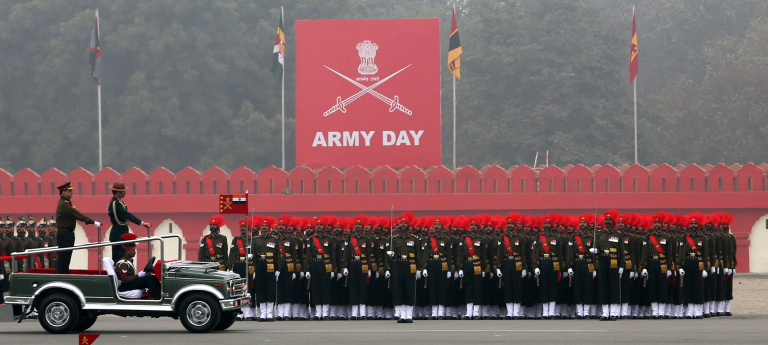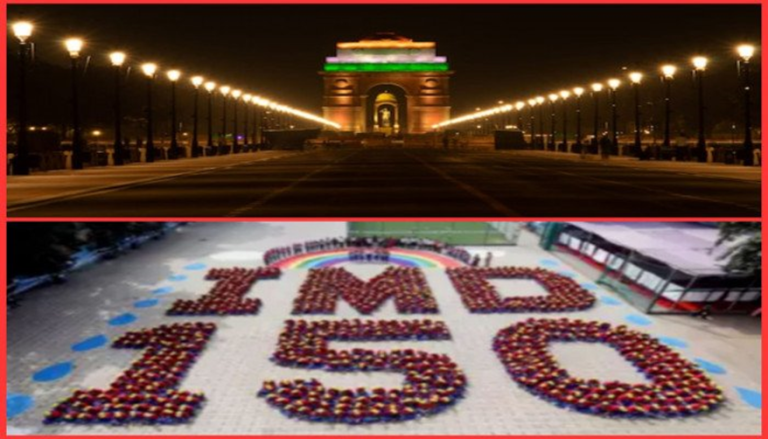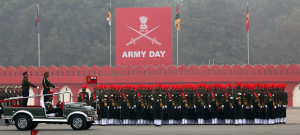China’s main state-owned contractor plans test flights for two new large diameter reusable rockets in the next couple of years, despite existing commercial reusability efforts.
China To Debut Large Reusable Rockets In 2025 And 2026
The China Aerospace Science and Technology Corporation (CASC) plans to launch four-meter and five-meter-diameter reusable rockets for the first time in 2025 and 2026 respectively, Wang Wei, a deputy to the National People’s Congress, told China News Service. CASC is known to be developing a new, 5.0m-diameter crew launch vehicle, known as the Long March 10. A single stick version would be used to launch a new-generation crew spacecraft to low Earth orbit and could potentially fly in 2025.
A three-core variant will launch the “Mengzhou” crew spacecraft into trans-lunar orbit.
The rocket is key to China’s plans to put astronauts on the moon before 2030. The Long March 10 lunar variant will be 92 meters long and be able to launch 27 tons into trans-lunar orbit. CASC’s first move to develop a reusable rocket centered on making a recoverable version of the Long March 8. That plan appears to have been abandoned. SAST also plans to debut the 3.8m-diameter Long March 12 later this year from a new commercial launch site.
China National Space Administration
Chinese government organization founded in 1993 to manage national space activities. The organization is composed of four departments: General Planning; System Engineering; Science, Technology, and Quality Control; and Foreign Affairs. The chief executive of the CNSA is the administrator, who is assisted by a vice administrator. Its headquarters are in Beijing. China’s space program evolved largely in secret under the joint control of the Chinese military and the Commission on Science, Technology, and Industry for the National Defense.
Reusable Launch Vehicle-Technology
Indian Space Research Organisation (ISRO) and its partners successfully demonstrated a precise landing experiment for a Reusable Launch Vehicle (RLV) at the Aeronautical Test Range (ATR), Chitradurga, Karnataka. According to ISRO, the series of experiments with the winged Reusable Launch Vehicle-Technology Demonstration (RLV-TD) are part of efforts at “developing essential technologies for a fully reusable launch vehicle to enable low-cost access to space”.
ISRO’s RLV-TD looks like an aircraft. It consists of a fuselage, a nose cap, double delta wings, and twin vertical tails.
The RLV-TD will be used to develop technologies like hypersonic flight (HEX), autonomous landing (LEX), return flight experiment (REX), powered cruise flight, and Scramjet Propulsion Experiment (SPEX).






















